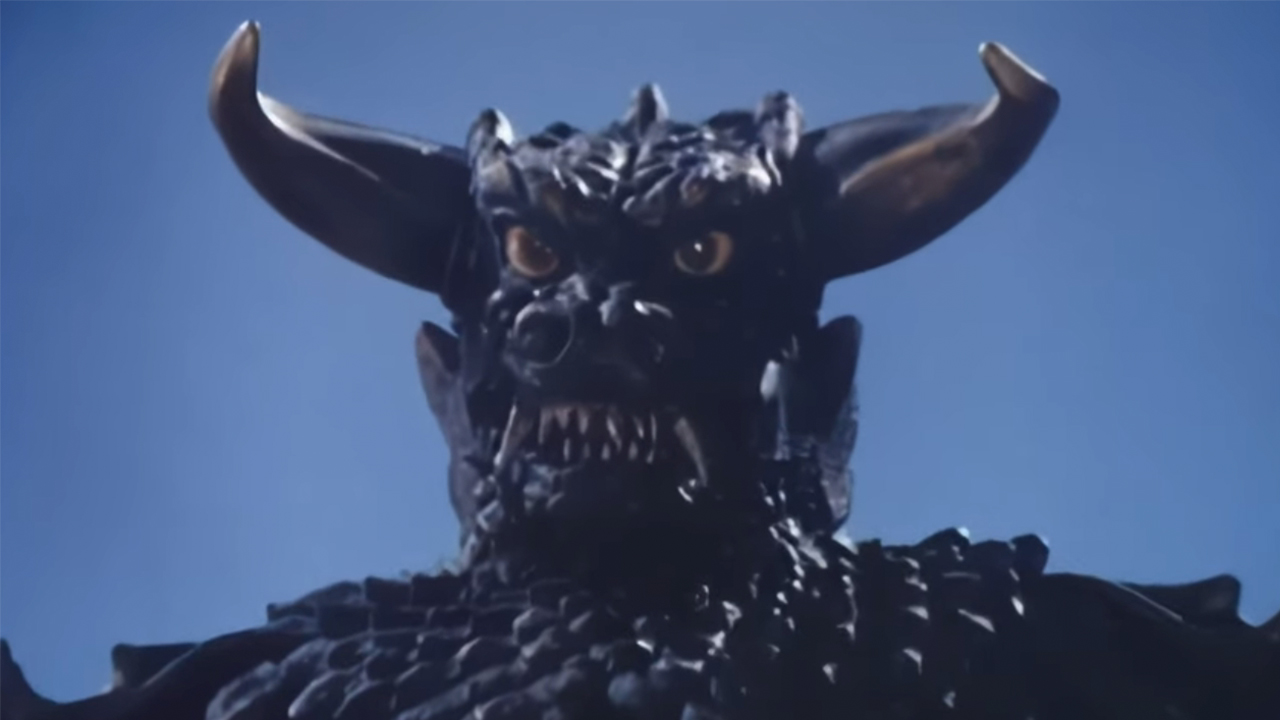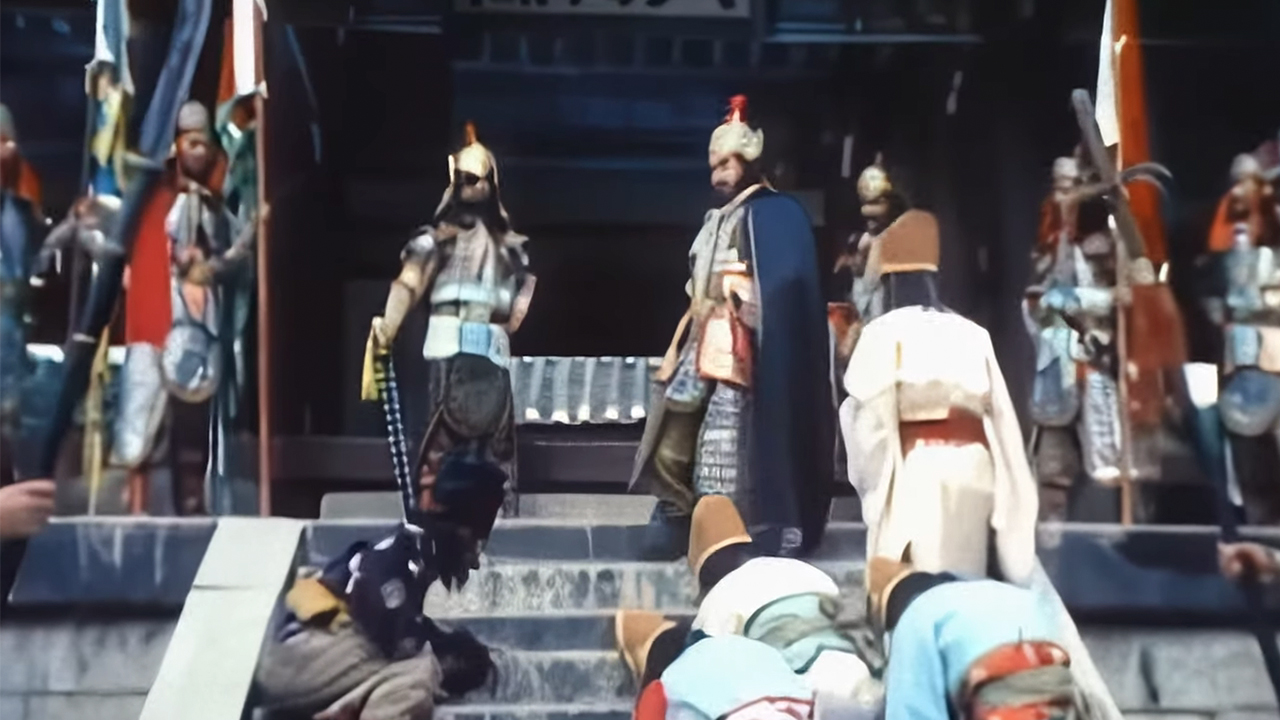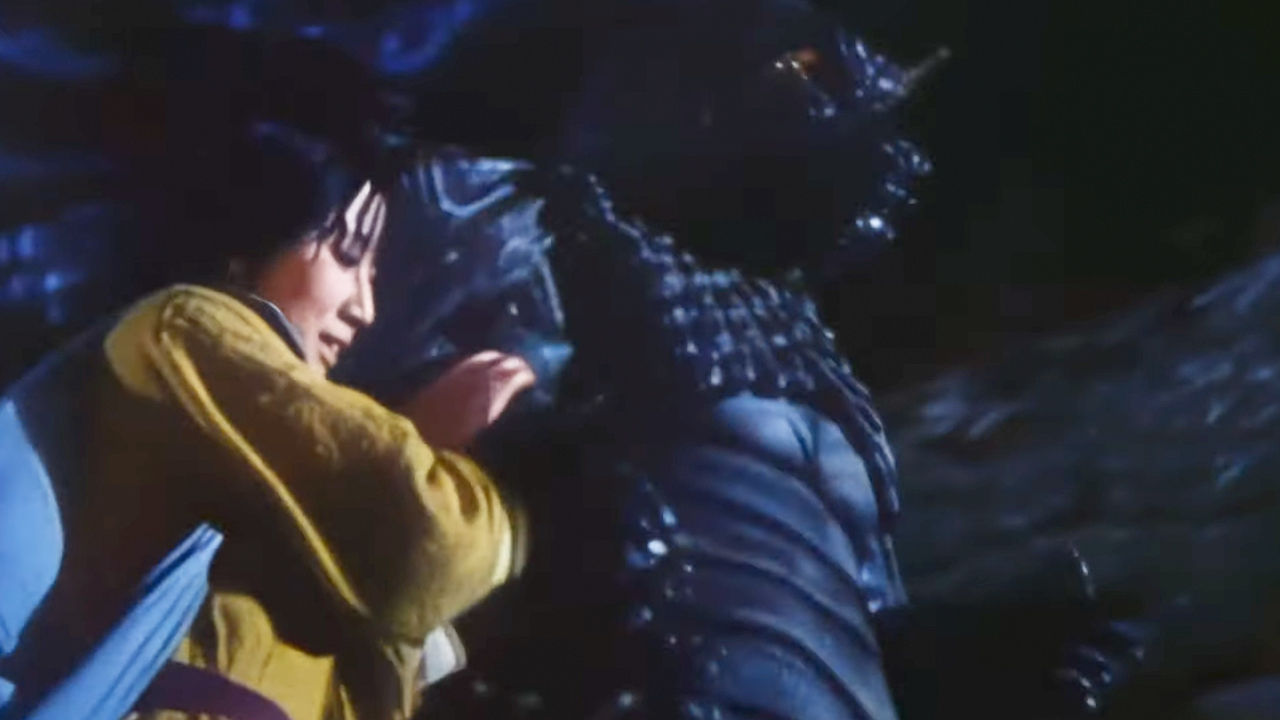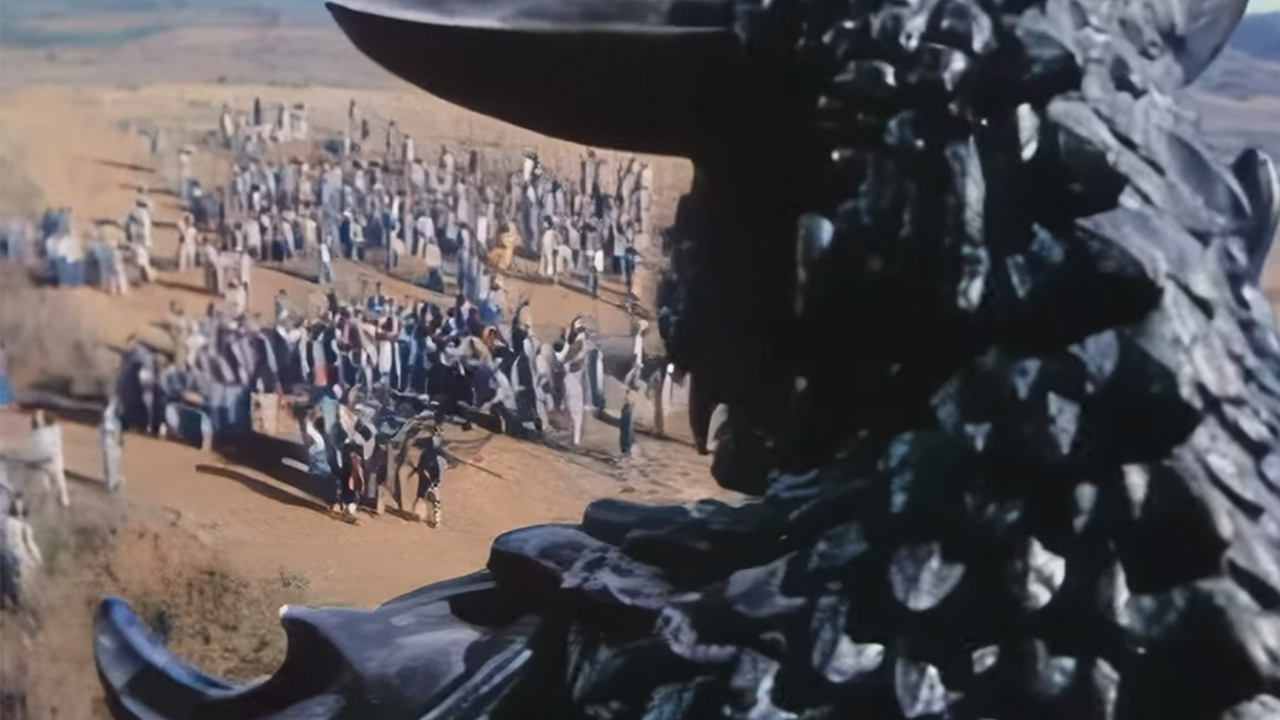
The most significant film in North Korean cinema is a giant monster movie titled “Pulgasari,” modeled after classic kaiju productions. Made in 1985 primarily by director and producer Shin Sang-ok, it follows a band of villagers who join forces with a Godzilla-esque creature to topple their oppressive ruler. Despite its anti-Western and anti-South Korea themes, this film is not without merit in the B-movie genre. Over time, it has gained a small yet devoted international following, particularly in Japan.
There is so much more to the story, though.

The Kidnapping That Led To North Korea’s Film Industry
By the late 1970s, Kim Jong Il had already amassed significant power as the apparent successor to his father, Kim Il-sung, within North Korea. Interestingly enough, this young leader was an ardent cinephile who reportedly owned thousands of films in his private collection. He particularly admired movies from Western countries, including the United States and the United Kingdom, as well as classic Japanese monster flicks. With his passion for cinema in mind, Kim Jong Il embarked on a mission to establish a thriving film industry within North Korea during the 1970s.
Initially, it is said that Kim was dissatisfied with the outcomes, leading him to devise an unconventional strategy, something that only a dictator’s son might consider: he orchestrated the abduction of two prominent figures in South Korea’s entertainment industry – filmmaker Shin Sang-ok and his actress wife, Choi Eun-hee. In 1978, Choi, one of South Korea’s most celebrated stars, was taken from Hong Kong under false pretenses; she had been lured to the then-British territory with a job offer.
Six months down the line, Shin Sang-ok found himself hunting for his former spouse in Hong Kong, only to be captured by the North Korean government. Just like Choi, he was transported back to North Korea. Following two unsuccessful attempts to escape, he spent five years behind bars. It wasn’t until his release in 1983 that he met up with Choi again, at a party thrown by the younger Kim.

Making Movies For The Dictator’s Son
1984 saw Kim, two South Korean detainees, and Shin engaging in discussions about films. Notably, Shin and Choi were already producing these movies for the regime by this time. Although many carried a clear state-backed message, Shin successfully negotiated with Kim to expand the film’s themes for broader international appeal. This negotiation resulted directly in the creation of Pulgasari.
1985 saw the start of filming for the colossal monster movie. Remarkably, over 13,000 extras were utilized in certain sequences, a good number of whom hailed from the North Korean military. Shin was granted significant creative freedom, and around $3 million (US) was allocated to create a film reminiscent of Godzilla. In fact, Kim recruited Toho, a renowned Japanese special effects studio, to contribute to the production.

Today, Pulgasari Is A Cult Classic
It’s uncertain if the film Pulgasari was ever shown in North Korea, as there are contradictory accounts about its release. While some sources suggest that it was well-received in its native land, others claim that it was shelved by Kim, following the escape of its director Shin and producer Choi to Vienna in 1986, which led to the suspension of production on all seven films made under the regime at that time.
Approximately ten years after Choi and Shin made their escape, the film was eventually released in Japan. Initially, it came out on VHS in 1995, followed by a theater release in the summer of 1998. The movie turned out to be very popular. This success led distributors to show the film in South Korea as well, but unfortunately, it did not perform well, possibly because the South Korean audience had a natural bias against the North.
The film occasionally appears at independent film events across the nation, but hasn’t been released on any U.S. streaming platforms yet. A quick online search, however, will reveal where you can watch it. It might not be the greatest movie ever produced, but it offers a captivating glimpse into a culture that remains largely mysterious in Western societies.
Read More
- 50 Goal Sound ID Codes for Blue Lock Rivals
- Quarantine Zone: The Last Check Beginner’s Guide
- 50 Ankle Break & Score Sound ID Codes for Basketball Zero
- Lucky Offense Tier List & Reroll Guide
- Enshrouded Hemotoxin Crisis: How to Disable the Curse and Save Your Sanity!
- Mirren Star Legends Tier List [Global Release] (May 2025)
- Ultimate Myth Idle RPG Tier List & Reroll Guide
- Tainted Grail The Fall of Avalon: See No Evil Quest Guide
- Every House Available In Tainted Grail: The Fall Of Avalon
- Complete Steal A Brainrot Beginner’s Guide
2025-05-19 23:10